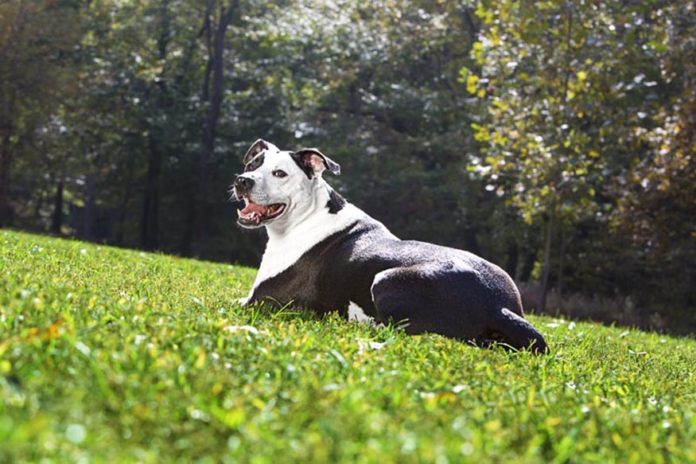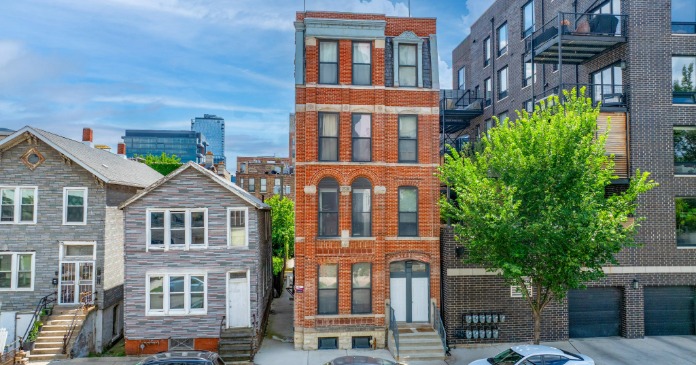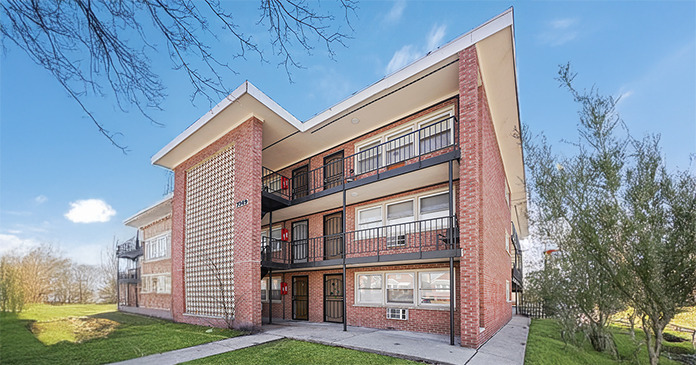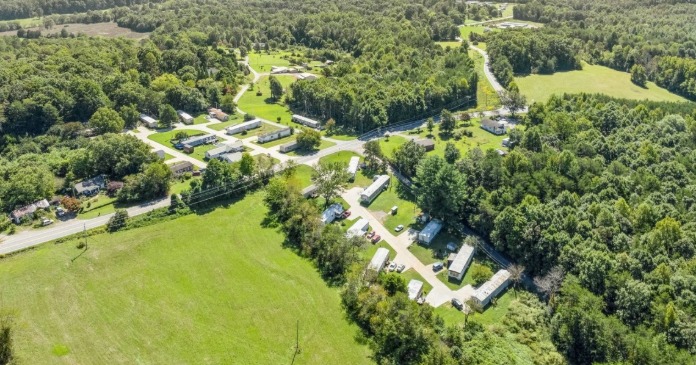According to the ASPCA, about 44 percent of all households in the United States have a dog. That means whether Realtors are working with a buyer or seller, a dog-friendly family yard can be a big selling feature. Here are some tips from the Outdoor Power Equipment Institute (OPEI), to help get yards ready for springtime fun for the entire family.
Tune up your turfgrass.
A sturdy grass lawn can take the pounding and activity of an active pooch. After a winter in dormancy, your lawn will be moving back into a growth phase as the weather heats up. Begin mowing as soon as your lawn needs it.
Create a dog-friendly backyard.
Map out your yard with your dog in mind. Soft foliage, sturdy turfgrass, smooth stones, and dog toys can help your pet feel at home. Add a water station so your pet can hydrate after some time playing. A fun water feature can help your pooch cool off when it’s hot.
Plan for fun.
Set up an area for your dog to dig, such as a digging box or digging bed. Add chew toys in the dirt (leave one poking out) to help your dog get the idea. A canine obstacle course can provide hours of fun if you have the space available to install one.
Use plants to give your dog a sense of boundaries.
Place plants close together in areas you want to designate as off-limits and train your dog to avoid them. Leave open areas for your dog to run and play in (and accept that that is what your dog will do).
Avoid toxic plants that can be harmful to your pet.
Dogs do not naturally avoid plants that are toxic to them and many will eat plants that are not safe for consumption. A few common toxic plants for dogs are: carnations, chrysanthemums, daffodils, hostas, ivy, lilies, morning glories, tomatoes, and tulips. For a complete list, visit ASPCA’s list of nontoxic and toxic plants for dogs.
Look for hazards and eliminate them.
Some paved or sandy surfaces may get too hot for your pet to walk on comfortably. Tiny pebbles, thorns, or gravel can get caught in paws. Ensure your pet’s main play area includes grass.
Check your fence.
A fence is an important safety feature for your pet. Make sure your fence is solid and do any needed repairs. Pay attention to your gate and be sure locks are working properly. Many dogs will patrol the edges of the yard and make paths near the fence line. Plan for these predictable paths in your yard and if you find them unsightly, you can add a gentle stone or mulch path. If you use an invisible fence, make sure it is properly working and that your pet knows the boundaries.
Set up for shade (and naps).
Your dog will need a place to relax after a busy day of play. A tree or bush can provide shade for your pet. A dog house provides a great place for your four-footed friend to take an afternoon snooze.
For more information on nurturing your living landscape, go to www.SaveLivingLandscapes.com.













